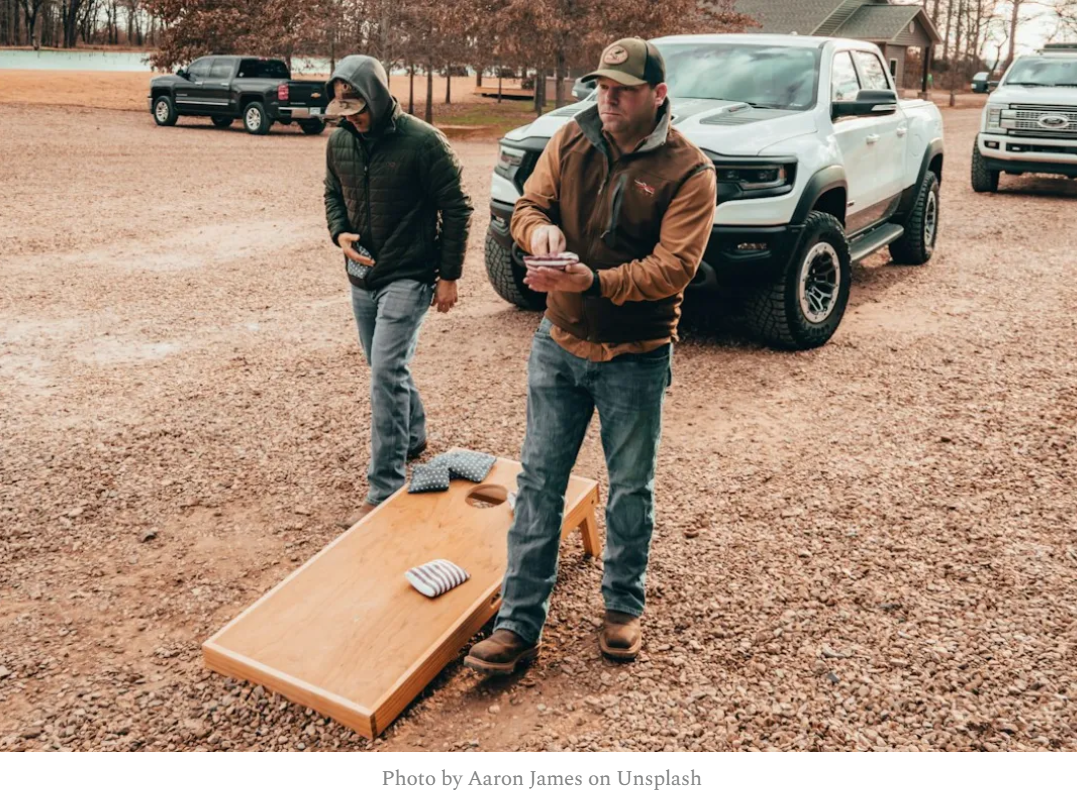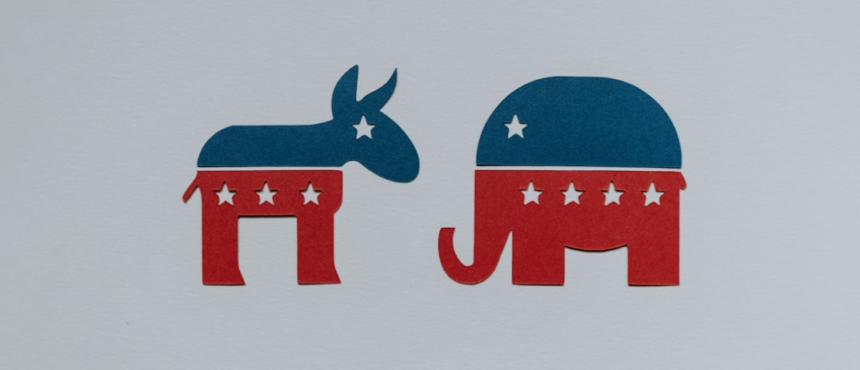
By Luis Alberto Urrea
Published by Little Brown and Company (May 30, 2023), Hardback – $29, 416 pages
Hardback edition
Kindle edition
Reviewed by Penny A Parrish
I have a photo of my dad in his Army Uniform from WWII. He never spoke to me about his service. I never spoke to my mom about the impact of that war on their family and friends. I have his dog tags, but no memories to hold on to.
The author’s mother, Phyllis Irene, who served as a “Donut Dolly” in WWII, is the inspiration for this novel. The dollies drove 2 ½ ton GMC trucks called Clubmobiles, outfitted with a galley to serve coffee and make donuts for the troops. In this book, Irene and Dorothy, known as Dot, make their way from the US to England, on to Normandy following Patton’s 3rd Army, then to and through the Battle of the Bulge and finally to Buchenwald. They saw the war up close and under fire yet had to continue to smile, keep mugs filled and listen to scared young men talk about home.
From the beginning, Irene’s mission was fraught with danger. She was from Manhattan and rural Suffolk County in NY. Escaping an abusive fiancé, she joined the American Red Cross (ARC) and reported to Washington D.C. for orientation and training. Dorothy came from a farm in Indiana. She had lost both of her parents, and her brother was killed at Pearl Harbor. Those events made both women, and many others you meet in this book, want to find a way to serve their country and perhaps exact revenge for the loss of their loved ones.
From D.C., the Donut Dollies (they hated that term, by the way) sailed to England as part of a convoy. When one ship went down due to a torpedo, Irene watched men drown and listened to their screams. The other boats did not stop. That was the first of her nightmares.
Irene and Dorothy, assigned to drive the Rapid City (each Clubmobile was named for a place), quickly learned the lingo of the ARC. Donuts were sinkers. The cans of Carnation milk were steel cows or tin cows. The flaps on the truck that opened to serve the GI’s were flaps. The women also picked up several other terms that I won’t list here.
The faces of the Donut Dollies ached by the end of each day due to constant smiling. “On their right hands both women sported aluminum rings fashioned by GI’s out of the downed German airplanes scattered around the landscape. They each felt like war brides to a few thousand husbands.”
Urrea spent 20 years researching this book, originally planned as a non-fiction account of the Clubmobiles and the ARC. But primary sources were almost non-existent, and his mother never really shared this part of her life with him. He knew she had nightmares for the rest of her life, that she was severely wounded before she came home from the war, and that she served over there with her friend Jill (the basis for Dorothy).
This is a powerful book, with realistic descriptions of war and the effect on those it impacts: the GI’s, the civilians, the women who served as nurses, dollies or in other capacities. We learn about the effect on the children, the bombed-out villages, the animals and even the enemy. By using fiction, Urrea brings alive his mother and her friends in a way more powerful than if he had followed his original plan.
The writing is vivid, the incidents haunting, and the ending both uplifting and sad. And he does include a photo of his mom and her cohorts by their Clubmobile, making her story all the more poignant.
We have so few left from the WWII era. Books like this, educating readers about those who also served, are a welcome addition to our bookshelf. Perhaps the more we learn, the more we will remember.





